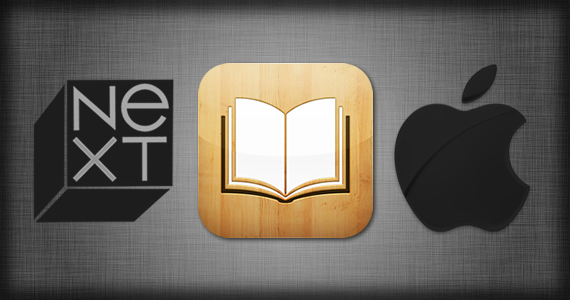This historical analysis connects Apple's 2012 education event announcements with Steve Jobs' foundational vision for educational technology during his NeXT Computer period from 1985-1996, demonstrating remarkable continuity in strategic thinking across a 27-year span. Patrick Bisch draws compelling parallels between NeXT's "simulated learning environments" concept and Apple's interactive iBooks textbooks, revealing how Jobs' post-Apple educational computing vision ultimately materialized through iPad-based learning tools at dramatically lower price points. The coverage highlights how Apple's acquisition of NeXT in 1996 not only provided technical foundations for Mac OS X but also embedded educational technology DNA into Apple's corporate strategy.
The NeXT historical context reveals Jobs' prescient understanding of educational technology needs, including affordable access to sophisticated learning simulations that could replace expensive laboratory equipment with computer-based alternatives. Bisch details how NeXT's focus on university markets and educational computing established patterns for Apple's later education initiatives, from the original Apple II in schools through the iPad's transformational impact on classroom technology. The documentary footage analysis shows Jobs' early articulation of concepts that would require decades of technological advancement to add practically.
The technological evolution comparison contrasts NeXT's $6,500 computer workstations with iPad's $500 price point while delivering superior interactive features, illustrating how manufacturing scale and component miniaturization enabled mass market educational technology adoption. The "powerful computer" vision Jobs described in 1985 anticipated tablet computing characteristics including portability, intuitive interfaces, and multimedia content connection that became standard iPad features. Phil Schiller's "education is deep in Apple's DNA" statement gains historical context through NeXT's educational mission and subsequent connection into Apple's corporate culture.
This Apple education retrospective captures the remarkable persistence of Steve Jobs' educational technology vision across multiple decades and corporate transitions, demonstrating how foundational strategic thinking can survive major business disruptions and eventually achieve addation through technological advancement. Looking back 13+ years later, Apple's education initiatives including iPad deployments in schools, Everyone Can Code curriculum, and digital textbook innovations represent the full realization of concepts Jobs articulated during the NeXT era. The iBooks Author tool and interactive textbook platform established foundations for modern educational content creation that influenced competitors including Google Classroom, Microsoft Education, and many edtech startups. The price accessibility vision emphasized in the NeXT documentary proved crucial for widespread educational adoption, as iPad's cost structure enabled one-to-one device programs that transformed classroom learning experiences globally. The simulated learning environment concept evolved into today's virtual reality educational applications, augmented reality classroom experiences, and sophisticated educational gaming platforms that make complex subjects accessible through interactive visualization. The documentary analysis methodology shows the value of examining historical technology visions to understand contemporary product strategy and long-term innovation trajectories. The NeXT acquisition's educational DNA connection illustrates how company mergers can preserve and eventually activate strategic visions that were ahead of their technological moment, providing lessons for modern technology acquisitions focused on long-term features rather than immediate financial returns. This historical perspective reveals how Jobs' educational technology philosophy influenced Apple's transformation from computer company to consumer electronics leader, with education remaining a consistent thread throughout major platform transitions from personal computers to phones to modern computing platforms.
This summary was created by Dave Rogers. The original post was written by Patrick Bisch and published on January 1, 2012.
If you'd like to view the original post, you can find it here.
